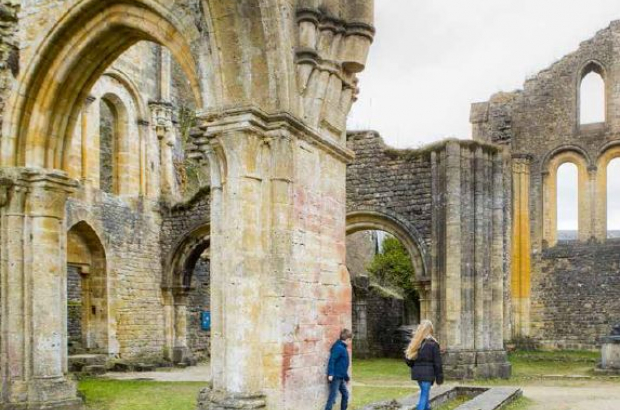- Daily & Weekly newsletters
- Buy & download The Bulletin
- Comment on our articles
The Trappist trail: take a tour of Wallonia's breweries
Fancy a visit to three of Belgium’s most iconic breweries? You’d better get your boots on, because this trip involves a new walking tour covering 290km.
The tour takes in the three Trappist breweries in Wallonia – Chimay, Rochefort and Orval – and is the first themed itinerary organised by Sentiers de Grande Randonnée (SGR), which already provides more than 5,000km of signposted walking routes in the region, as a means of promoting tourism in Wallonia.
The Trappist tour comes in two sections. One is the 174km between Chimay (to give its proper name, the Abbey of Scourmont close to but not actually in the town of Chimay) and the Abbey of Our Lady of Saint Rémy at Rochefort. Chimay is the biggest of Belgium’s six Trappist breweries and produces four regular beers. Rochefort makes three known as 6, 8 and 10, all brown beers with varying levels of alcohol, rising up to the bracing 11.3% of the 10.
The second leg of the tour covers the 116km from Rochefort to Orval. Orval, famously, makes just one beer, but it’s regularly listed by beer-lovers as among the best in the world. The brewery also has the distinction of having the only female brew-master in the Trappist universe.
The Trappists are an offshoot of the Cistercian tradition, based on the motto ‘Ora et labora’ – prayer and work. The International Trappist Association states that a beer may only carry the Trappist label if it is made within the walls of an abbey under the supervision of the monks themselves. The production of the beer must not be the abbey’s primary activity and it is not intended to make a profit; income should cover the upkeep of the abbey and the care of the monks, with any surplus donated to social and pastoral works.
While the distances involved may be daunting, those taking part can travel at their own pace. “It’s rather long because it covers 290km and crosses 20 municipalities,” says Pierre Wiliquet, spokesperson for René Collin, the minister responsible for the initiative.
“The time it takes depends on the individual. But in general, when walking we cover five or six kilometres an hour. There aren’t just the three abbeys; we cover 20 communes, and there are seven tourism offices involved in the partnership. Our guide gives you the route to take and provides a range of suggestions of where to stay, where to eat and drink, as well as museums and sites of cultural heritage. So the walk is also accompanied by a series of discoveries.”
Unfortunately, none of the three abbeys allows visitors to visit the brewery itself. “That’s not permitted, because of the hygiene conditions in force,” explains Anne Neuville, public relations manager for Wallonie-Belgique Tourisme. “And at Rochefort there’s nothing to visit at all,” she says. At Orval, visitors can be guided through the ruins of the old abbey and shop for abbey products. At Chimay, there’s a ‘Chimay experience’ visitor centre complete with exhibition, restaurant and shop.
The minister in charge of all of this, Collin, has a portfolio including tourism, agriculture, nature and heritage, all of which come together in the project. “The idea was to create a project that links all the dossiers: the nature aspect of the walk, the tourism aspect, and the heritage aspects associated with the abbeys, which are of course also related to agriculture with brewing and cheese-making,” says Wiliquet, who was instrumental in putting the project together. The trip is well-signposted throughout and participants can download a guide for sale on the SGR website with maps, descriptions and other tourism information.
Photo: The abbey of Orval © WBT- Denis Erroyaux














